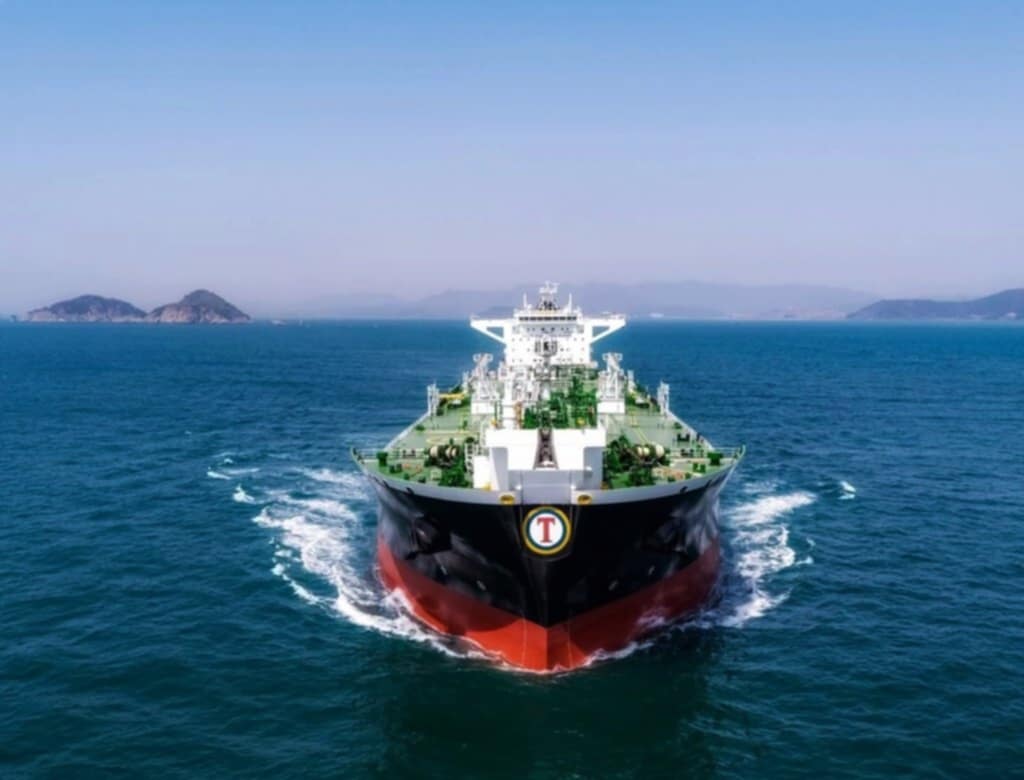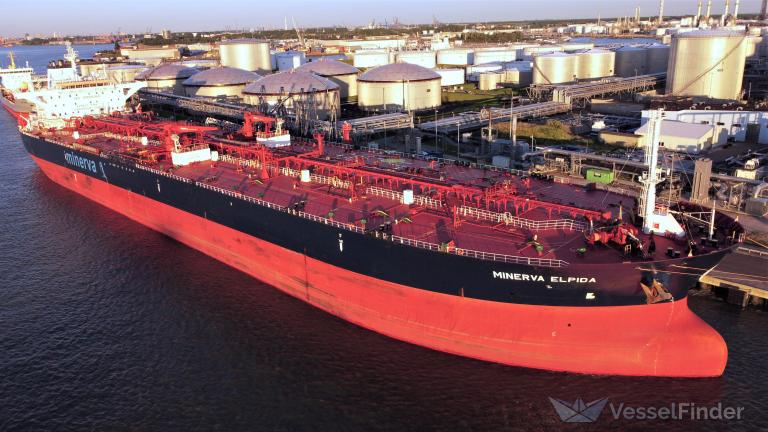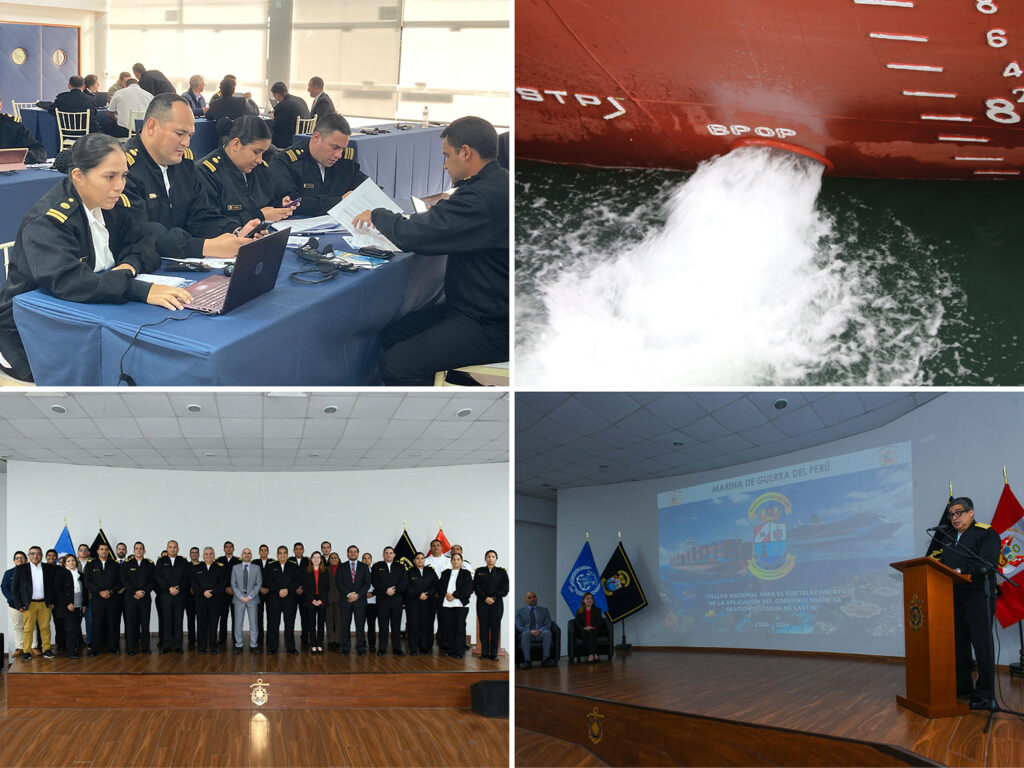Minerva Elpida, Minerva Vera, and Nissos Ios, which are transporting a total of about 300,000 metric tons of Russian Urals crude, departed headed to India using the southern route around Africa.
Reuters : Greek-managed oil tankers carrying Russian crude oil to Asia are now avoiding the Red Sea due to increasing Houthi attacks. These vessels are instead sailing the much longer route around Africa via the Cape of Good Hope to reduce the risk of being targeted
Three oil traders
According to information from three oil traders and shipping data from LSEG, tankers such as Minerva Elpida sailing under the flag of Greece Minerva Vera, and Nissos Ios,sailing under the flag Marshall Islands which are transporting a total of about 300,000 metric tons of Russian Urals crude, departed in late June and early July and are headed to India using the southern route around Africa.
This comes after a series of attacks on Greek-operated bulk carriers. In one recent case, a Liberian-flagged ship was hit by drones and speedboats off the coast of Yemen, killing four seafarers.
In another incident in July, the Houthi group sank a separate vessel. The Iran-backed group has claimed that the attacks are being carried out in support of Palestinians during the ongoing conflict in Gaza.
While many Western shipping companies started avoiding the Red Sea and the Suez Canal route last year, Russian oil shipments had largely continued. This was mainly due to the close relationship between Russia and Iran, which is believed to support the Houthis.
Among the vessels now rerouting, Nissos Ios is a Marshall Islands-flagged Suezmax tanker that can carry up to 1 million barrels of oil. It is managed by Kyklades Maritime and is insured by Norwegian firm Gard for protection and indemnity (P&I).
The Minerva Elpida, a Greek-flagged Aframax tanker with a 0.7 million barrel capacity, and the Malta-flagged Minerva Vera, also a Suezmax, are both managed by Minerva Marine and are insured by NorthStandard.
Route around the Cape of Good Hope doubles
Taking the route around the Cape of Good Hope roughly doubles the travel time compared to the Suez Canal route. For example, voyages to Europe that typically take 15 days through the Red Sea now take around 30 days. The increased risk has also led to a sharp spike in war-risk insurance premiums, often adding several hundred thousand dollars to a 7-day voyage.
Related : Search for survivors after Houthis sink second Red Sea cargo ship





